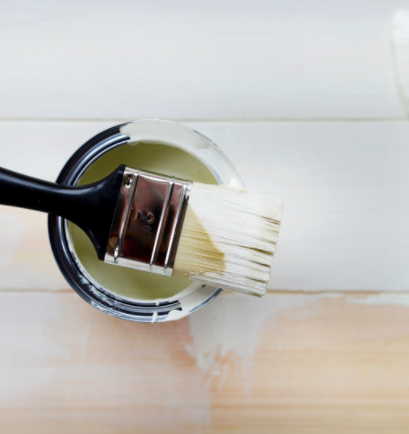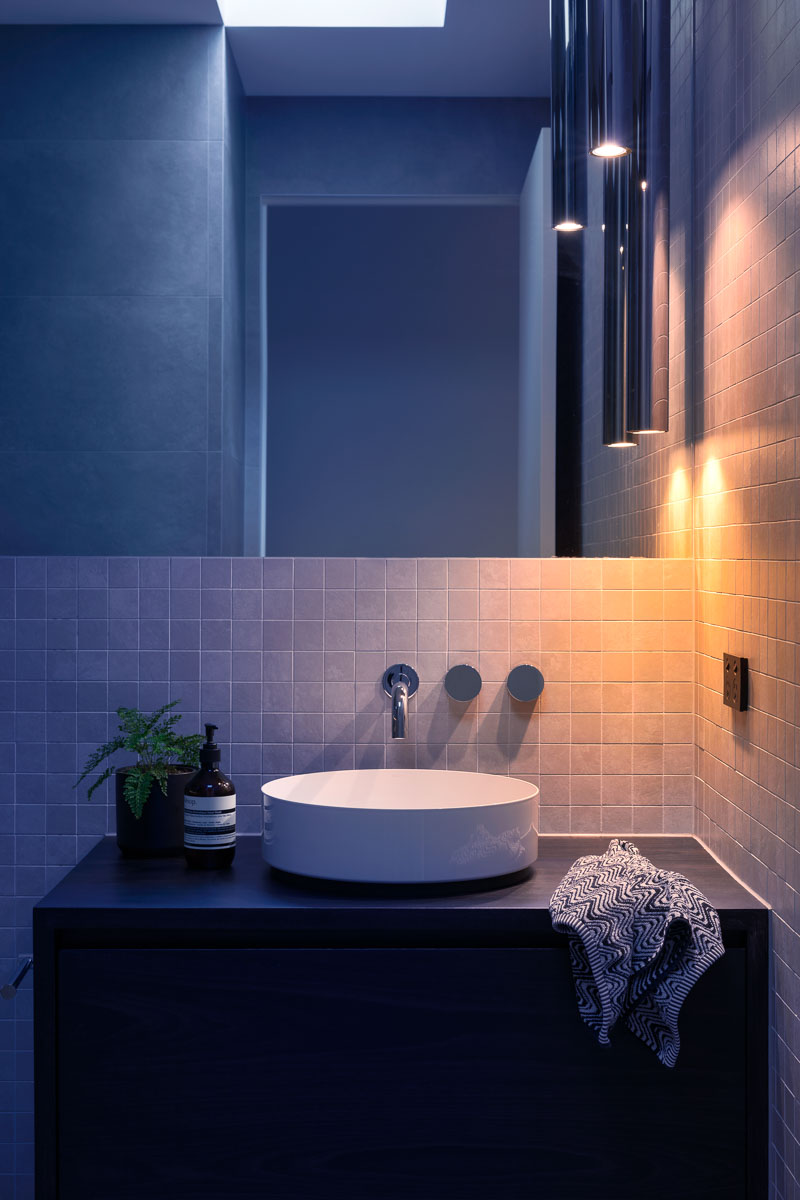Types of Lighting
In my opinion, lighting design is one of the most under-utilised areas of interior design because when it’s done well, we often don’t notice the lighting at all, we just notice how the space feels.
If you have a room in your home that has ticked all the functional boxes but still doesn’t create the right mood, then lighting might be the missing element that you’ve overlooked.
Although this is a specialist area of design that can be quite complex, I wanted to give you a broad overview of the types of lighting that we have available to us, so that you can start to look at your own home and how this tool can be used to improve form, function and style.
The main types lighting are Task, Ambient, Decorative, Accent and Kinetic.
Task Lighting
Task lighting is usually a very clear, strong light that allows us to perform a particular activity without any eye strain. This is sometimes referred to as directional light, as it throws light in a particular direction rather than more general diffused light.
Most rooms in the home need some level of task lighting, even if it’s not used all the time. In the case of a kitchen, we need sufficient task lighting to stand at the bench and prepare dinner or read a recipe. Beside the bed, we may want an adjustable wall light or lamp that allows us to read in bed without illuminating the whole room.
When designing a lighting plan, we need to think about where the light is coming from and what surface it is illuminating – as the light is thrown down onto the surface to be illuminated, and bounces back to our eyes. Shadows are created when you or another object get between the light source and the reflective surface so it’s important to think about where you stand in your kitchen or where you sit when you’re reading if you want to avoid shadows.
Some of the most common task lights are downlights (either ceiling mounted or on tracks) and adjustable floor or table lamps.
Ambient Lighting
This is a term that’s used to describe the light that is all around us – the light that we can see even when we’re not aware of the source of it. This includes both natural light from the sun, even when it is being diffused by a cloud, and the light coming from fittings in our home, even when we can’t see the globes.
Ambient light is generally created when light is thrown onto a surface and we see the reflection of that light, rather than the source itself. A great example would be a wall light that throws light up and creates a reflection off the ceiling – we just see the illuminated ceiling and that gives us ambient light in our space.
In any room, ambient light is the ideal background light – it is not intended for a specific task, but instead gives us general lighting that can then be combined with other types of lighting to create a multi dimensional lighting plan.
Where possible, I like to use pendants with diffusers or lamps with shades that diffuse the light coming from the globe, so that we are never looking directly into the light source itself, which can cause glare. I’m also a big fan of dimmers, so that the intensity can be dialled up or down to suit the time of day and mood you’d like to set.
Decorative Lighting
Whilst some decorative lighting is also ambient, not all ambient light is decorative.
This type of lighting is used when you want the actual fixture to form part of the style of the room, not just the light that is coming from it. A chandelier or feature pendant would be examples.
Accent Lighting
This type of lighting is used in a very intentional way to highlight an architectural detail, artwork or point of interest.
One of my favourite ways to use accent lighting is to highlight a textured or accent wall with a directional downlight or uplight.
Kenetic Lighting
Although not always recognised as a type of lighting in the home, kinetic lighting refers to the flickering light that you get from a candle or flame.
Whilst this may not be the type of light that we can sit by and read with, there’s no doubt that the glow and ambience that a flame provides can have a big impact on the mood of a space, so I think this is definitely worth thinking about when you’re designing your lighting plans, especially for central living spaces where this light source can become the focal point of a space and maybe even of the whole home.
How do we achieve great lighting at home?
To create a great lighting plan for our homes, we need to understand the tools that we have available to us, but also the specific objectives we have for each space – what type of activities we are lighting for and the mood we want to create.
If you’re planning a new home, I’d highly recommend that you take the time to sit down with a professional lighting designer to run through your floorplans so that they can guide you on lighting selections that will elevate your spaces to be something really special.
Lighting Design is a specialised profession for a reason – there’s alot more to the science of lighting than what you might think and many project managers will now employ a lighting designer as part of the broader design team to ensure that this is given the weight and consideration that it deserves in the design process.

Design is only a small piece of the puzzle…
Whilst people usually reach out for help with their projects because they believe that they need help with the design, what has become very clear to me is that design is only a small piece of the puzzle.

Should I be using Oil-based or Water-based paint?
I’ve tried and tested lots of different paints over the years and I know how confusing it can be to find yourself in the middle of the paint aisle at Bunnings trying to figure it all out.

[…] Types of Lighting […]